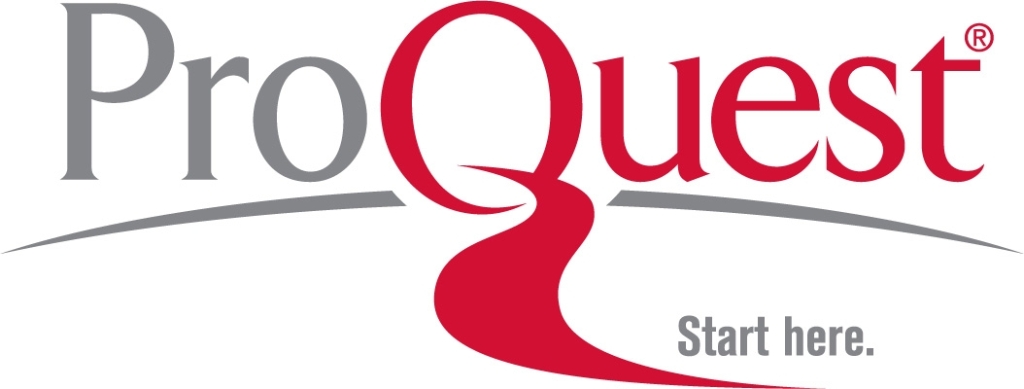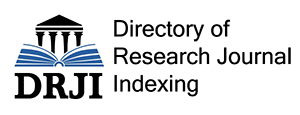HOUSEHOLD EXPENDITURE ON SUGAR-ADDED FOODS AND BEVERAGES IN MALAYSIA: EVIDENCE FROM QUANTILE ESTIMATION
DOI:
https://doi.org/10.51200/lbibf.v18i1.2684Abstract
The present study attempts to examine factors affecting household expenditure on sugar-added foods and beverages (SAFB) in Malaysia. The spike in sugar-related diseases and the lack of comprehensive study related to factors associated with consumption of added sugar in Malaysia are the motivations for the present study. Acquiring a better understanding of what kind people consume more or less SAFB is important for policy development. A nationally representative data with a large sample size, i.e., the Malaysian Household Expenditure Survey (HES) 2014, was used for secondary analysis. In the survey, a two-stage stratified sampling approach was adopted. The first stage was based on Enumeration Blocks (EBs), while the second stage was based on living quarters (LQs). Quantile regressions were utilised to analyse the effects of household heads’ demographic and household factors on quantiles of household expenditure on SAFB. On average, the monthly household income, age of household head and expenditure on tobacco were Ringgit Malaysia (RM) 5973.63, 46 years and RM 60.81, respectively. The majority of household heads were secondary educated (57%), Bumiputera (69%), males (85%), employed (93%) and married (80%). Education, age, ethnicity, employment status, marital status and smoking behaviour were associated with expenditure on SAFB. Households headed by individuals with no formal and primary-level education spent around RM 1.02-24.6 and RM 0.73-23.68 less on all the quantiles of SAFB, respectively, compared with households headed by individuals having tertiary-level education. An additional year of age of household heads increased all the quantiles of household expenditure on SAFB by RM 0.11-0.90. Compared to non-Bumiputera households, Bumiputera households spent approximately RM 1.02-2.53 more on 0.1-0.75 quantiles of SAFB. Households with employed and married heads spent about RM 1.11-9.16 and RM 1.28-6.41 more on all the quantiles of SAFB, respectively, than their counterparts with unemployed and single heads. Household expenditure on tobacco was positively associated with 0.25-0.9 quantiles of household expenditure on SAFB (RM 0.28-1.23). In conclusion, household heads’ demographic and household profiles played an important role in influencing quantiles of expenditure on SAFB. Therefore, as a nationwide policy towards reducing consumption of added sugar, intervention measures should be designed in light of these profiles.


















